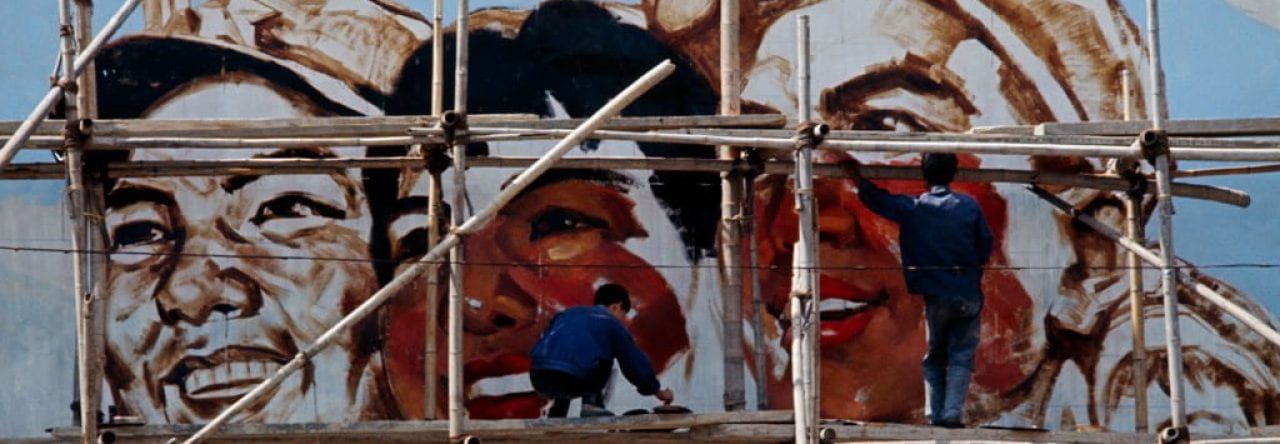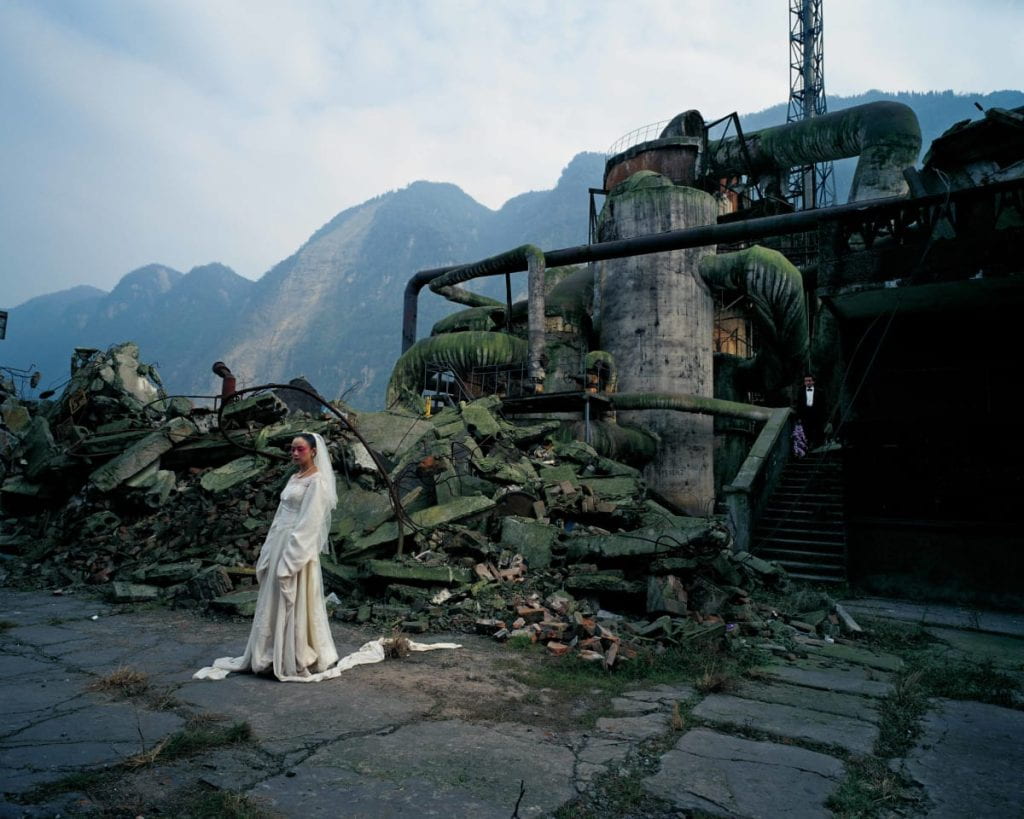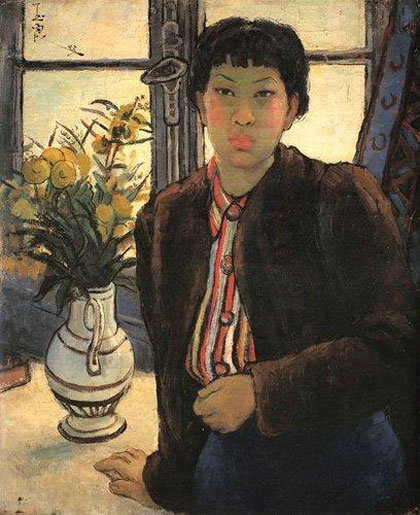
Hua Tianyou (1901-1986) was born in Huaiyin, Jiangsu Provice into a family of carpenters. Knowing his ability in art, he taught art as well as music at a secondary school after graduating college, but it was not until 1932 when he started pursuing art for his own sake. In 1932, Hua began going to Fine Arts School of Shanghai to study his passion, drawing and sculpting. Upon entering the school, Xu Beihong quickly found this sculptor prodigy and made Hua come with him to Paris for a Chinese painting exhibition there. Hua’s life chaning experiences started when he stayed in Paris and joined the studio of famed French Sculptor Henri Bouchard. Later on Hua entered National School of Fine Arts in Paris and multiple Salons where he won multiple awards. He came back to China 15 years later where he was appointed as a professor and a director of the sculpture department in National Academy of Art in Beijing. In 1952, Hua sculputed the May-fourth movement of 1919 into People’s Heroes Monument at Tian’anmen Square, which became his most famed work.
Though Hua left many drawings and paintings of mostly nude woman and male portraits, he is mostly remembered for pioneering in sculpture, where he successfully blended western style with a traditional Chinese style.
范针. (n.d.). Fusion of western and Chinese styles on display. Fusion of Western and Chinese styles on display[1]- Chinadaily.com.cn. Retrieved April 9, 2023, from https://www.chinadaily.com.cn/culture/art/2015-04/02/content_19981769.htm
Hua Tianyou (滑间友). Chineseposters.net. (n.d.). Retrieved April 9, 2023, from https://chineseposters.net/artists/huatianyou





